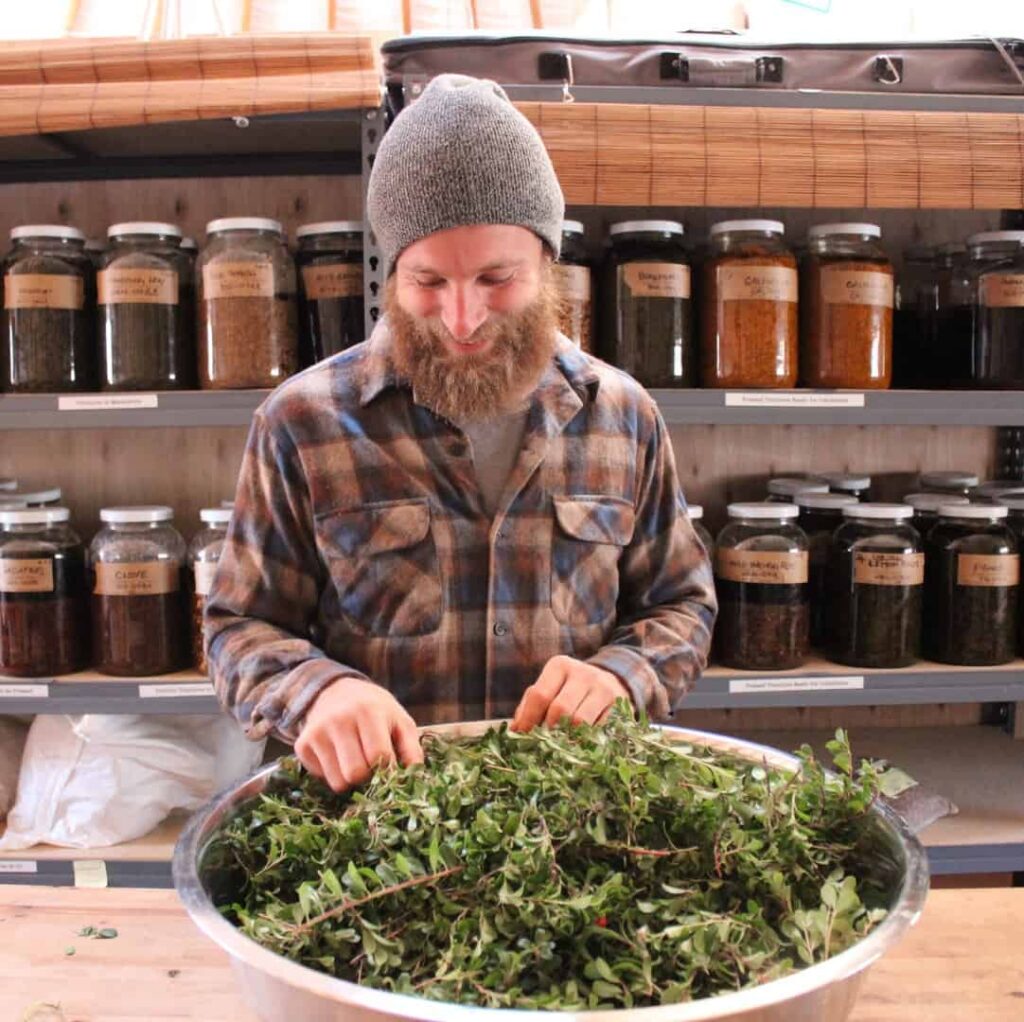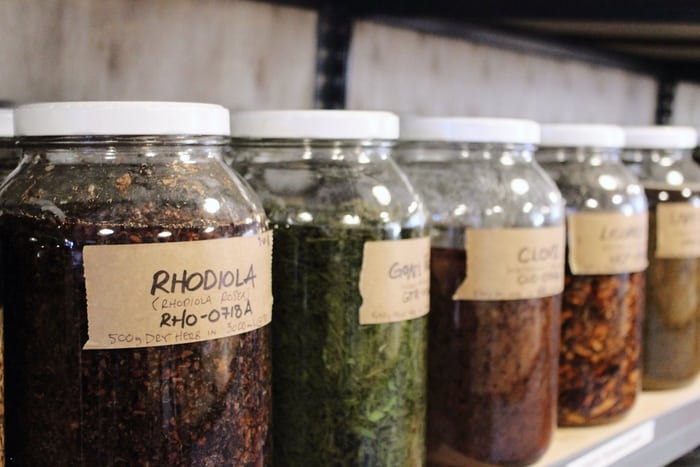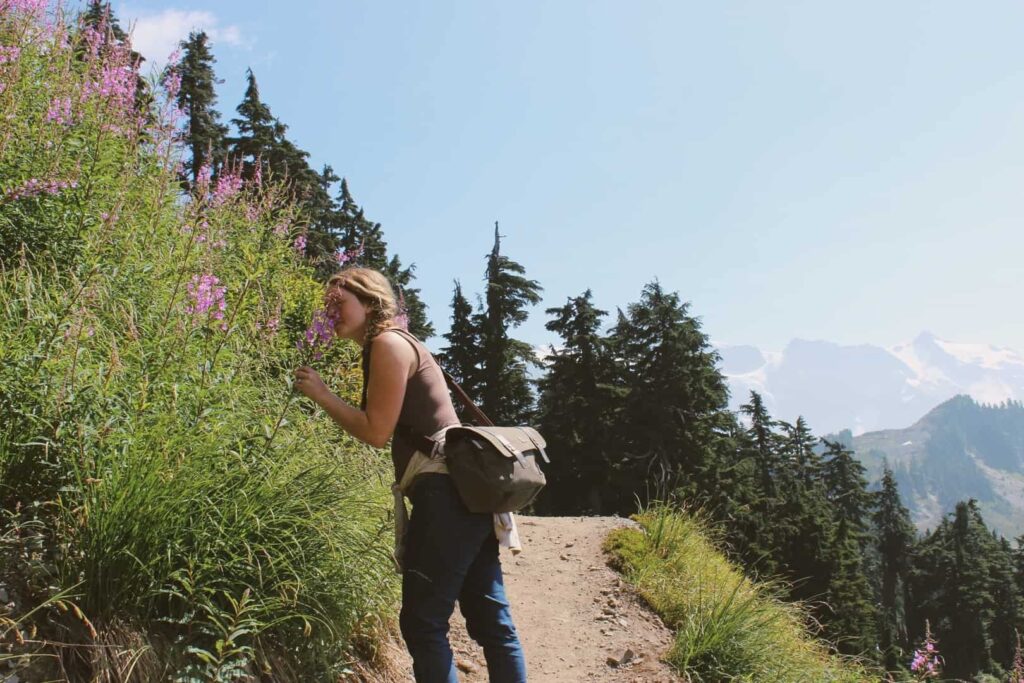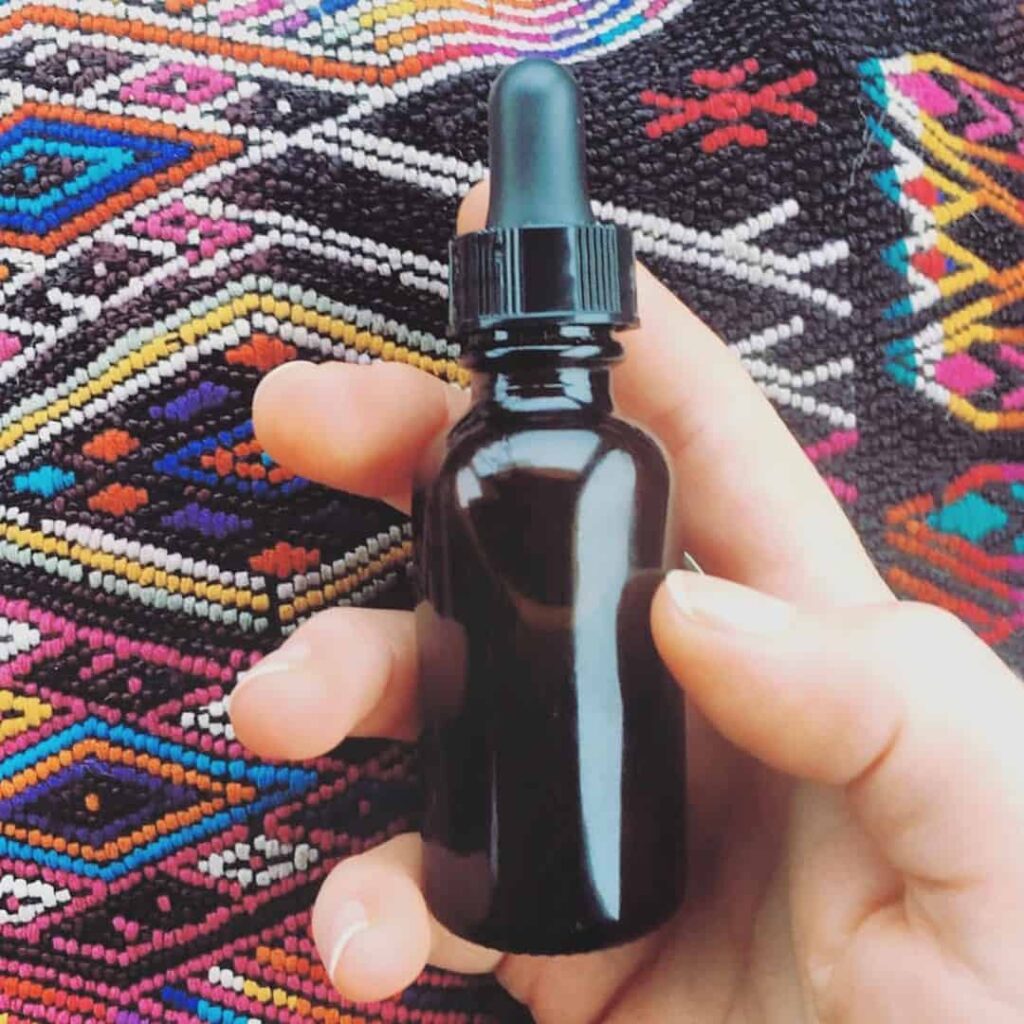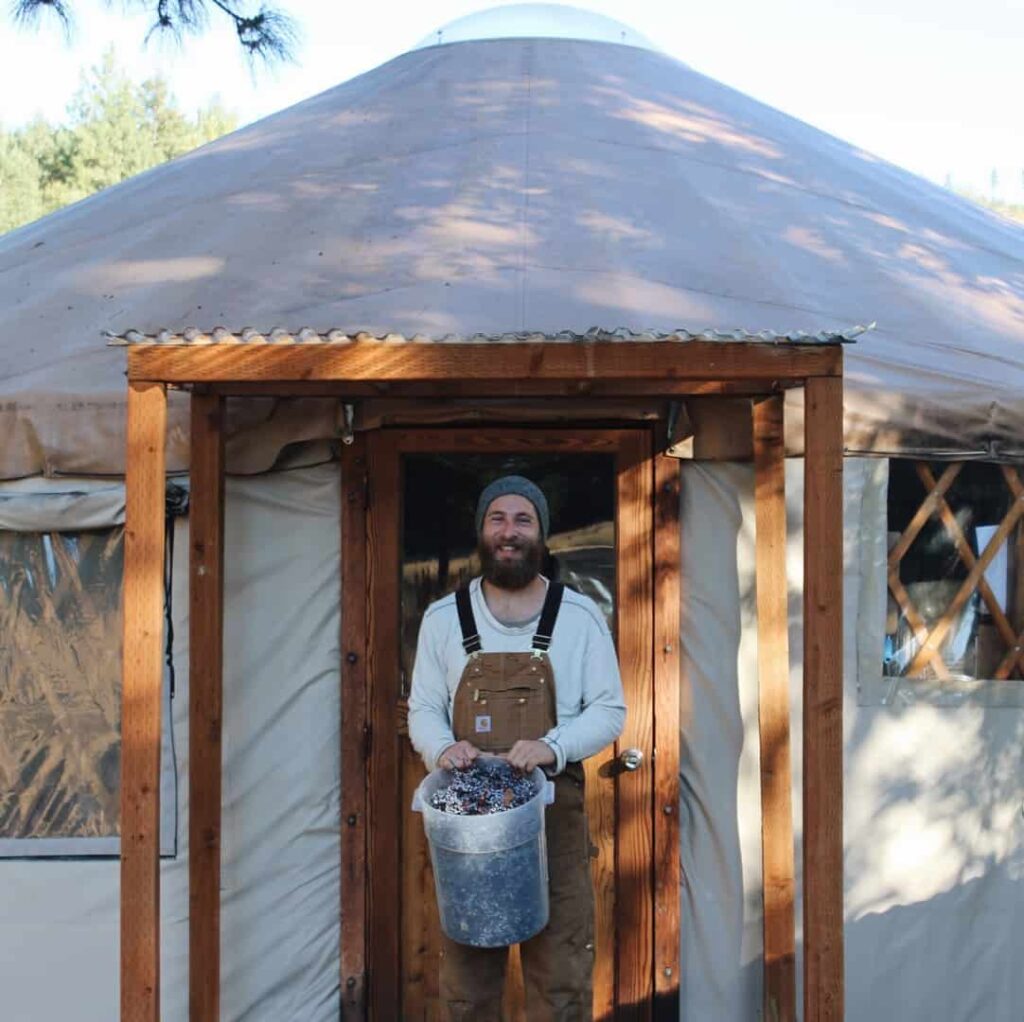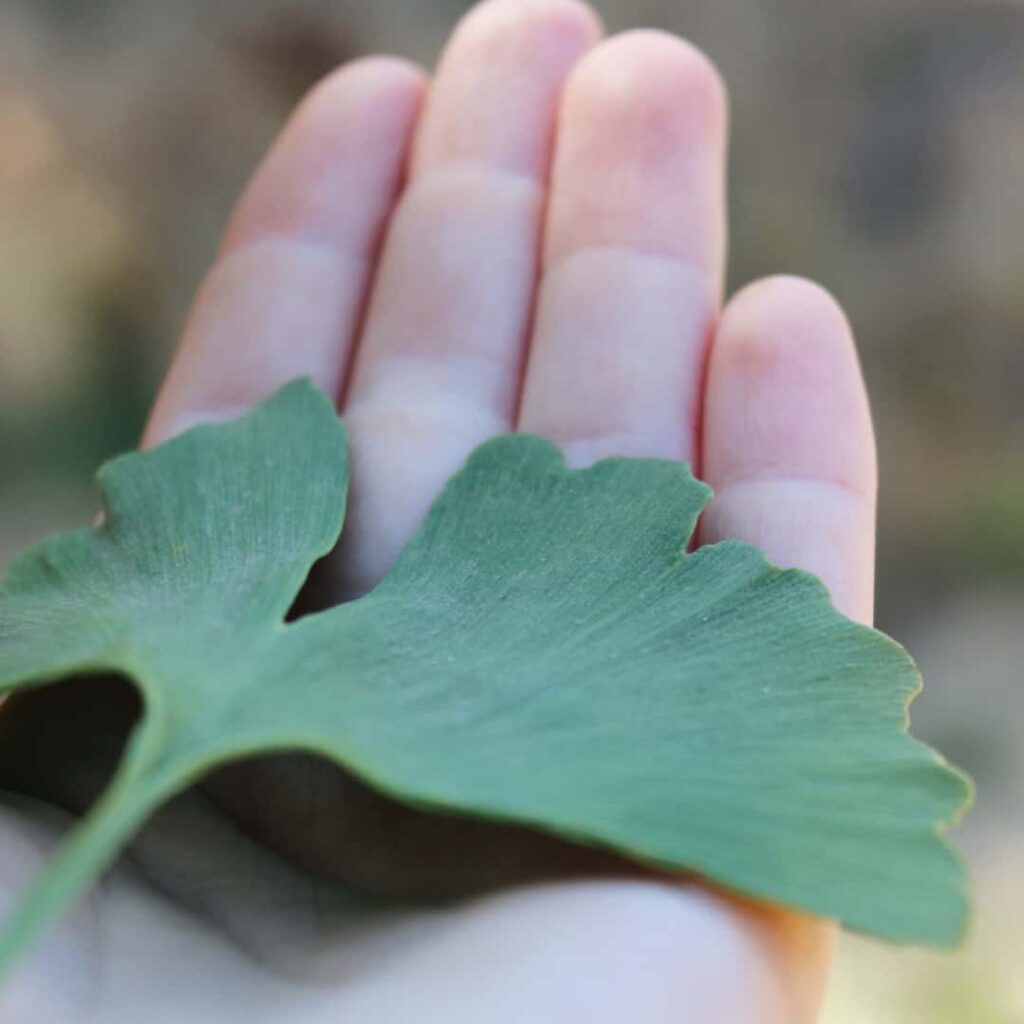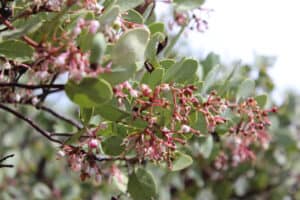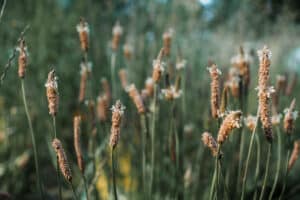The two most common roadblocks an herbalist will face in their path is the fear that they lack the competence and confidence necessary to be a good practitioner.
While it might feel more comfortable to read herbal books than to speak with people, the role of the herbalist isn’t to simply amass knowledge, but to use what they’ve learned to help people!
By resolving these two fears, you can unlock your potential as an herbal healer and help people experience vibrant health.
In this week’s blog post, you’ll learn:
- About the importance of breaking out of the books and into the field
- About the competence-confidence feedback loop
- Three actionable steps you can increase your competence
- Three ways you can improve your confidence
Table of Contents
Whether you’ve been practicing herbalism for a few months or a few years, there are two roadblocks that every practitioner faces in their life: Competence and confidence.
Being an armchair herbalist can certainly feel comfortable. Nestled beneath your books of herbal monographs, any potential risks of working with someone are reduced to simple, clean, and easy-to-read paragraphs in a book.
However, the role of the herbalist isn’t to spend their life reading about the plants, but to use this knowledge to bridge the gap between the human kingdom and plant kingdom, thereby providing transformational levels of healing that touch the mind, body, and soul.
Understandably, working with people can feel scary! When someone chooses to work with you, it’s because they trust you and are putting their health in your hands. That said, it’s paramount that you don’t allow fear to lead the way and prevent you from helping people.
Although you might want to spend the next number of days, months, or years increasing your knowledge base, at a certain point, you just need to lay the book aside and jump in. The water may feel chilly at first, but the longer you swim, the warmer it gets!
If you’re not feeling ready to brave the waters yet, here are six practices you can implement to get ready.
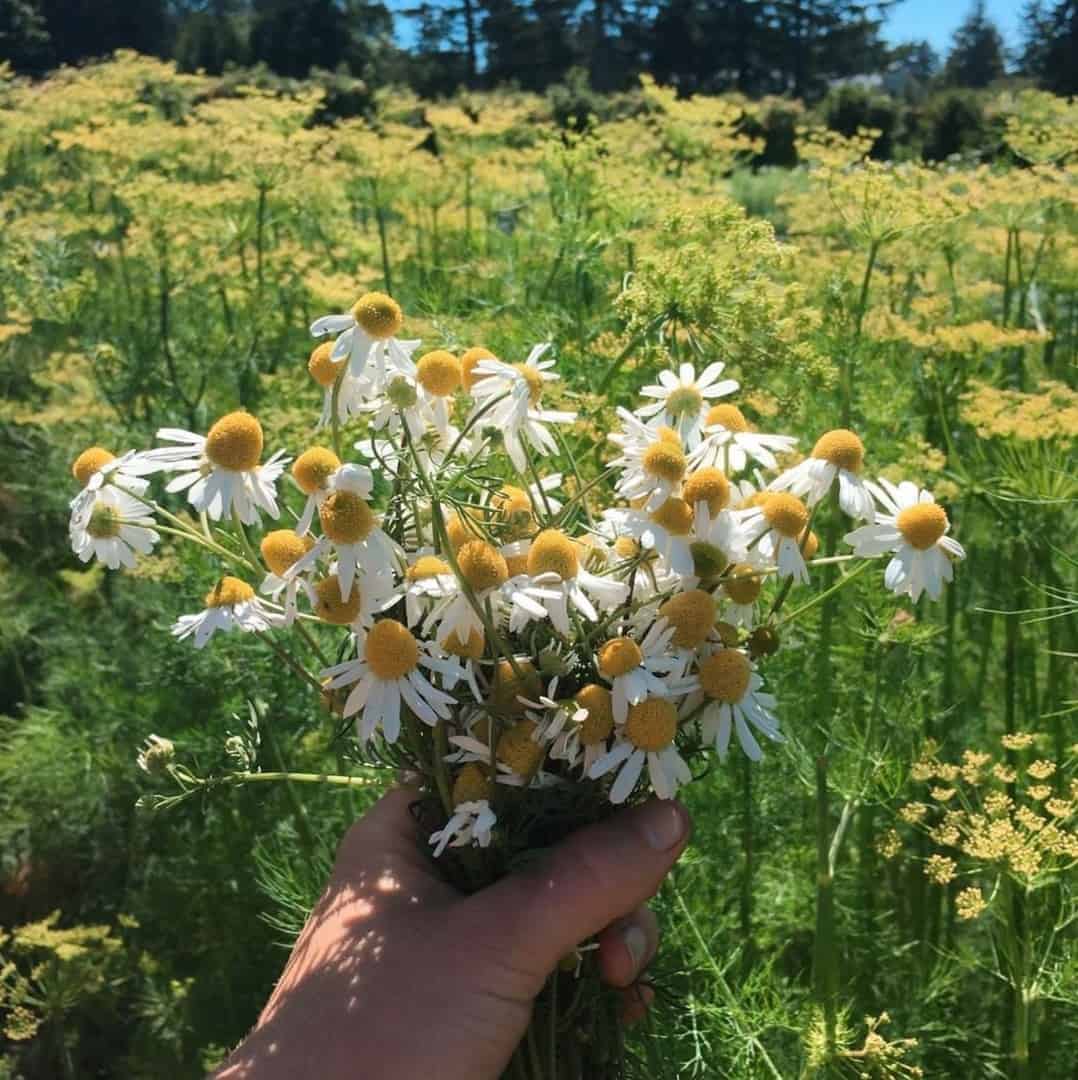
The Feedback Loop
How you view yourself internally drastically affects the way in which you move in the world. If you feel that you lack competence or confidence as an herbalist, it’s going to make it very hard to start your practice!
Competence and confidence form a feedback loop.
If you fear that you are incompetent, this will shake your confidence, thus forming a vicious cycle. On the flip side, if you take a step forward in developing your herbal competence, this will result in a significant increase in your confidence, resulting in a positive feedback loop.
Take the first step forward by developing your herbal competency. As you work on this, you will gain a deeper level of understanding of the fundamental principles and practices of holistic herbal medicine. This knowledge, wisdom, and insight will grant you the confidence you need to begin helping people.
Increasing Competence
There are three main steps you can take towards developing greater herbal competency. Although the number may be small, there’s a world within each facet that you can dive into and explore. Through developing these aspects, you’ll notice an increase in your confidence levels as an herbalist.
Know Your Remedies
Would you rather have ten close friends you can share anything with, or would you prefer five hundred Facebook friends, some of whose names you can barely recall?
Most people would prefer the first. Isn’t it interesting then that people often take the second route when trying to learn about herbs?
There are an incredible number of herbal traditions that exist throughout the world. Each possesses its own materia medica, healing strategies, and preparations. If you wanted to learn about each and every one of these, you might find the rest of your life poured over books instead of helping people, which in the end, is the entire purpose of being an herbalist!
Far better than trying to study every medicinal plant on this Earth (I’m not sure this is possible either!), you can develop close and intimate relationships with twenty to thirty plants. Ideally, these would be plants that grow near you since these are the ones you can sit and develop in-person relationships with. However, if that isn’t possible, the next best option is to choose herbs that you feel a connection to.
These plants may invoke a deep sense of curiosity or wonder, or perhaps you keep seeing or hearing its name pop into your life. Whatever the case, accept this calling as an invitation to learn about the plant and develop a deep relationship with it.
Once you’ve selected the plants you want to study, invest time in getting to know them on a deeper level. Move past their herbal actions and the symptoms they treat and learn about how they impact the entire human organism on a physiological level. What does the plant taste, smell, and look like? What might the energetics of this plant be considering this knowledge? Use this information to create a holistic picture that expresses how the plant will affect the organ systems, tissues, constitution, and spiritual self.
Relationships can’t be rushed, so take your time. Remember that you don’t need to master five hundred herbs. Selected mindfully, these twenty to thirty herbs can often provide healing support for a vast spectrum of organ systems, tissue states, and constitutions, thereby creating a solid foundation for you to practice.

Working With People
This aspect of herbalism might seem obvious, but it’s often the part people struggle with most or forget all about developing!
Working with people is a skill like any other. Just as it requires time to learn about the different plants and their varying energetics, it takes time to understand people and their unique energetics. It’s important to remember that plants are only half of the equation. Learning how to conduct effective consultations and intakes will complete the formula and actualize your role as an herbalist.
Facilitating an effective consultation means remaining focused throughout the session, establishing trust so that the person feels safe opening up to you, and asking focused questions that will instill the consult with a sense of structure. With these skills in place, you can gain a deeper and clearer understanding of the root cause of their primary complaint, its underlying tissue state, and which organ systems it is affecting. Furthermore, it will clarify which remedies will be most suited for them and will provide the best short and long-term outcomes.
Working with people means having the social skills and professional skills to interface effectively so that you obtain the information you need to be a healthcare provider in their life that can inspire real, positive change.
Remedy Selection
The third step towards increasing your herbal competency is to deepen your understanding of the process of administration and formulation. This includes knowing how to create a synergistic and holistic formula that will address the wholeness of the person, as well as choosing the delivery method that will serve the client best.
If you knew dozens of herbs on a surface level, this part might be tricky. However, if you know twenty to thirty herbs incredibly well, you can create formulas deliberately and with precision.
While you may want to use herbs singularly at times, there are moments when a formula creates a whole that is greater than the sum of its parts. For example, while Dandelion root (Taraxacum officinale) can be used to facilitate healthy digestion, it pairs wonderfully well with carminative herbs, such as Fennel (Foeniculum vulgare), and warming herbs, such as Ginger (Zingiber officinale). By creating a synergistic compound with herbs that complement each other, you’ll lower the chances of a constitutional aggravation from occurring – something that can happen from taking an overtly warming or cooling herb by itself for too long. Instead, you’ll wind up with a well-balanced formula that is suitable and comfortable for long-term use.
Once you determine the remedy you want to use, it’s time to consider administration. With numerous methods of intake, such as tinctures, glycerites, infusions, powders, spagyrics, and more, how do you choose the best one? By talking with your client! If you want someone to drink a daily infusion of Blue Vervain, an incredibly bitter herb, you better believe it won’t happen! The best protocol is the one that can be followed.
Time constraints and palatability are often enough to create an outline of which intake methods make the most sense. While you may enjoy brewing an infusion at home, some might feel intimidated by the process or feel they don’t have the time for it. In such cases, a tincture is often helpful as these can be packed away and taken on the go. Alternatively, some folks find a sense of ritual and serenity in preparing simple formulas at home and would prefer an infusion. Every person you speak with is different, and you’re a conversation away from determining what will suit them and their lifestyle best.
Improving Confidence
Once you’ve implemented the first three steps to build your competence, there are another three things you can do to increase your confidence, thus creating a feedback loop that will propel you forward in your art, craft, and the healing you do.
Start Helping People
I’ve known countless herbalists who are overqualified to practice. They’ve attended workshops, retreats, conferences and read dozens of books. In short, they know their stuff. Despite this, they feel too afraid to practice.
A blockage can develop within people when they don’t put themselves out there. You might feel as if there is one more book you need to read or one more course you need to take. Increase your knowledge base, but don’t let it stop you from working with people!
As an herbalist, you are here on Earth to heal people. While you may love studying plants, they are only half of the equation. The information you are looking for is not in a book or a seminar. It is found in people and the experience you gain working with them.
Small Wins
Small wins lead to big gains. You don’t need to solve the most complicated case to prove to yourself that you’re a competent herbalist.
Before you learn to run, you learn to walk. Take the process step by step and begin your practice by helping family, friends, or people you feel close to within your community. You can help folks experiencing minor but not dangerous conditions. Some examples of these include stress, disturbed sleep, or congestion.
While none of these states are comfortable, they are not dangerous. Working with these cases can help lessen the fear of working with people as they are low-risk profiles.
You don’t need to jump into the deep end. Accepting straightforward and simple cases and seeing positive results bloom from your herbal suggestions can go a long way towards increasing your confidence as a practitioner.
Trust
One of the things that will impact your confidence most is the level of trust you have with the plant medicine.
Some herbalists lack the confidence to practice. However, this is not due to feeling unconfident with their skill set, but rather, lacking faith, belief, and trust in the power and potency of herbal medicine.
If you walk the plant path, it is of the utmost importance to have a deep level of trust in the medicines you work with, for how can you expect people to trust in the medicine if you don’t have faith in it yourself?
There is an invisible dynamic that occurs when you work with someone. It’s prime that they feel safe and comfortable opening up to you, for it’s this vulnerability that can lead to breakthroughs and healing. However, if you do not have a strong trust in the herbs, your clients will sense this and struggle to open up and trust that you can heal them.
If it’s hard for you to feel a deep, embodied sense of trust with the plants, one of the best ways you can remedy this is by experiencing the healing powers of the plants yourself. One of the core pillars of practicing within the Evolutionary Herbalism framework is to “know thyself and heal thyself.” The only way you can provide transformational healing for the people you serve is you experienced the transformational qualities of the plants yourself. Plants uplift us and leave a long-lasting impression. To the degree that you have felt impacted by the plants is the level to which you will be able to help others.
Transformational Healing
There is something incredibly simple and complex about herbalism. On one level, plants speak to our hearts and souls if we are quiet enough to listen. On the other hand, there are numerous systems and processes that go into creating harmonious formulas, determining dose, and factoring in energetics.
If you feel a lack of confidence or competence, the trick isn’t to spend the rest of your life with your nose buried in books but to get out there and begin helping people. Start small, start slow, but just begin.
The ecological functioning of the herbalist is to bridge the human and botanical kingdoms. As you step your toes into the water and integrate these six aspects into your practice, they will form a body of knowledge within you- one where you feel proficient in the language of plants and people. With this skill, you weave together the consciousness, intelligence, and chemistry of plants and people to provide deep and transformational healing.


